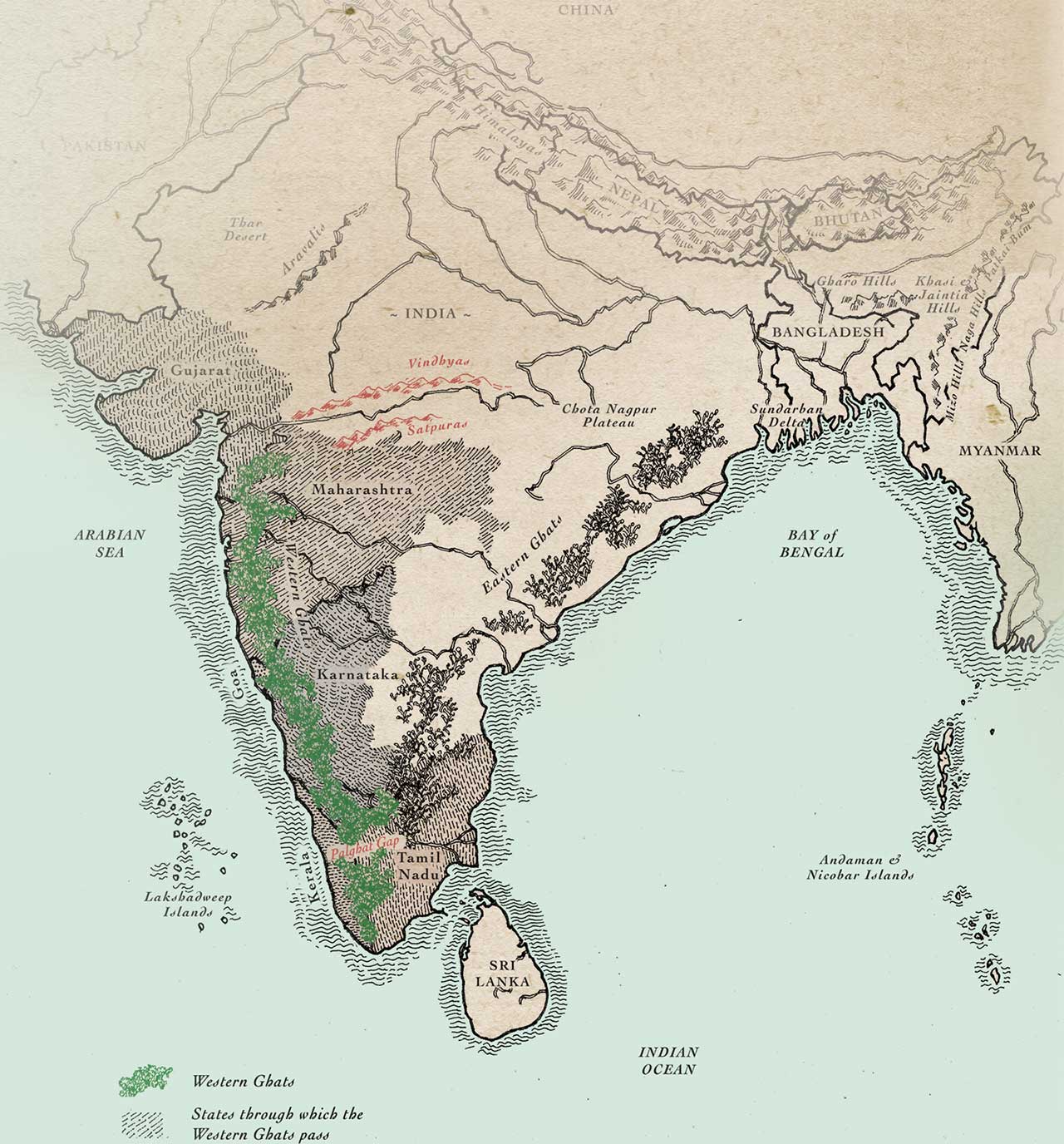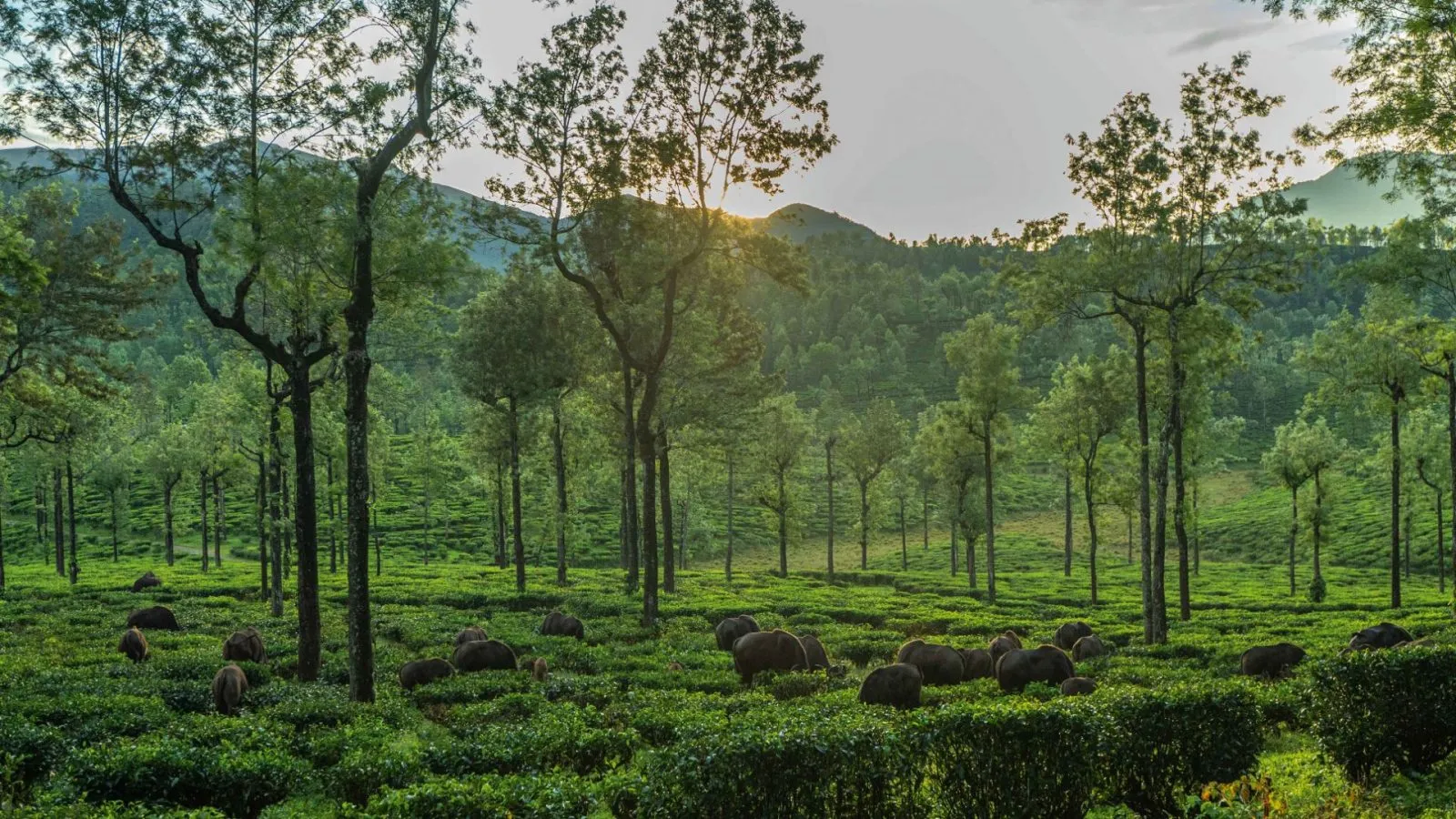Sundarbans to Western Ghats: 10 Largest Forests in India You Must Know
- bypari rathore
- 02 August, 2025

Sundarbans to Western Ghats: 10 Largest Forests in India You Must Know
As the world celebrates International Forest Day 2025, it's a reminder of the vital role forests play in sustaining life on our planet. India, with its diverse geography, is home to some of the largest and most ecologically significant forests in the world. Here's a journey through India's top 10 largest forests and what they hold.
Sundarbans Mangrove Forest, West Bengal
Spanning approximately 10,000 square kilometers, the Sundarbans is the world's largest mangrove forest. A UNESCO World Heritage Site, it is famous for its dense, tidal waterways and as the home of the elusive Royal Bengal Tiger. The forest is a critical barrier against coastal erosion and a haven for unique wildlife, including estuarine crocodiles and Gangetic dolphins.
Gir Forest, Gujarat
Sprawling over 1,412 square kilometers, Gir Forest is synonymous with the Asiatic Lion. It is the last refuge of this majestic predator, making it one of the most significant wildlife conservation success stories in India. Dry deciduous forests, acacia trees, and rugged terrain make Gir an iconic destination for nature lovers.
Kanha National Park, Madhya Pradesh
One of India’s most picturesque forests, Kanha National Park covers around 940 square kilometers. It is the inspiration behind Rudyard Kipling’s The Jungle Book and is home to the rare Barasingha (swamp deer), tigers, leopards, and a diverse bird population. The dense sal and bamboo forests provide an enchanting wilderness experience.
Nagarjunsagar-Srisailam Tiger Reserve, Andhra Pradesh & Telangana
Spanning over 3,700 square kilometers, this is the largest tiger reserve in India. Located in the Nallamala Hills, it is home to a significant population of tigers, leopards, and other wildlife species. The reserve also has a rich cultural heritage with ancient temples and reservoirs.
Nilgiri Biosphere Reserve, Tamil Nadu, Karnataka & Kerala
Covering an area of 5,520 square kilometers, the Nilgiri Biosphere Reserve is a UNESCO-designated site known for its rich biodiversity. It encompasses several national parks and wildlife sanctuaries, including Mudumalai, Bandipur, and Silent Valley, and is home to numerous endemic species.
Tadoba Andhari Tiger Reserve, Maharashtra
Maharashtra's oldest and largest national park, Tadoba Andhari Tiger Reserve spans over 1,700 square kilometers. It is renowned for its healthy tiger population and diverse flora and fauna, making it a popular destination for wildlife enthusiasts.
Simlipal National Park, Odisha
A sprawling forest covering 2,750 square kilometers, Simlipal is known for its dense sal forests, waterfalls, and meandering rivers. It is home to the Royal Bengal Tiger, wild elephants, and over 230 species of birds. The park’s rich tribal culture and its location within the Eastern Ghats add to its charm.
Periyar National Park, Kerala
Nestled in the Western Ghats, Periyar National Park covers around 925 square kilometers. The dense evergreen forests surround the scenic Periyar Lake, providing a perfect setting for spotting wild elephants, gaur, and hornbills. The park is a biodiversity hotspot and a prominent example of successful eco-tourism.
Bandipur National Park, Karnataka
Covering around 874 square kilometers, Bandipur National Park is part of the Nilgiri Biosphere Reserve. It is known for its healthy tiger population, wild elephants, and sloth bears. The forest, once a hunting ground for the Mysore Maharajas, is now a crucial conservation zone with scenic landscapes.
Mawphlang Sacred Forest, Meghalaya
Located in the Khasi Hills, Mawphlang Sacred Forest is a unique ecosystem preserved by the local Khasi tribe. Spanning around 78 hectares, it is rich in biodiversity and holds cultural significance, with the tribe believing that their local deity, Labasa, resides here.
These forests are not just ecological treasures; they are vital for maintaining biodiversity, regulating the climate, and supporting the livelihoods of millions of people. As we celebrate International Forest Day 2025, it's essential to recognize the importance of these natural habitats and work towards their conservation.

Note: Content and images are for informational use only. For any concerns, contact us at info@rajasthaninews.com.
"हाईकोर्ट ने प्राइव...
Related Post
Hot Categories
Recent News
Daily Newsletter
Get all the top stories from Blogs to keep track.











